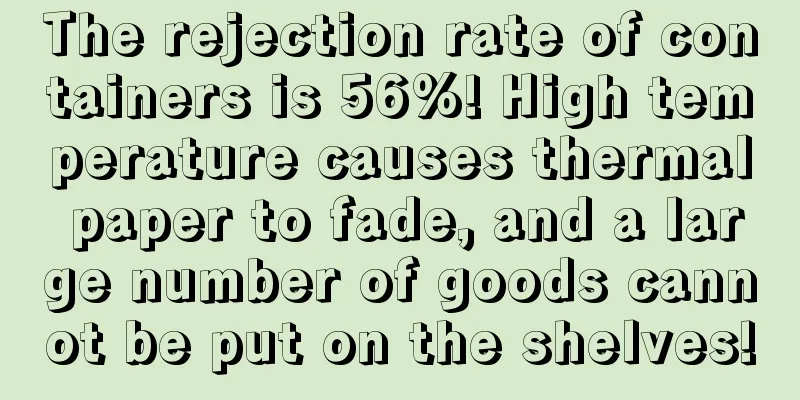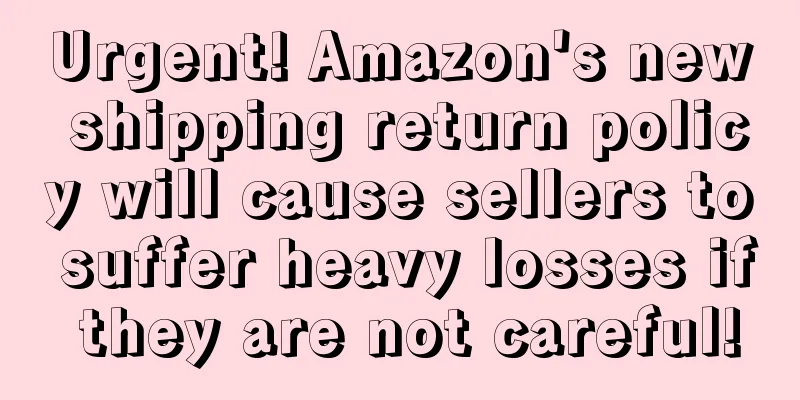|
As global port congestion and supply chain disruptions continue to escalate, recent logistics difficulties are like a thorn in the side, causing cross-border travelers to feel uncomfortable from time to time.
The rate of abandoned containers is as high as 56%, and 39% of the goods are affected!
It is learned that due to the lack of signs of easing congestion at foreign ports, the global supply chain network is now in chaos. The rate of container abandonment at some large transshipment ports continues to rise, container liner schedules are widely delayed, and the on-time rate has dropped from more than 70% to about 20% at present.
Container cargo has been detained at the port for up to two months. Some ports had a container abandonment rate of up to 64% in April, and shipping companies had a container abandonment rate of up to 56%. It is understood that about 39% of cargo has been affected. According to the latest data from Ocean Insights, the container abandonment rate at many ports has actually increased significantly. - The situation at Malaysia's Port Klang is the most serious, with a container abandonment rate of 64%, a year-on-year increase of 7%, which means that two out of every three boxes missed their scheduled sailings.
- At COSCO Group's Piraeus Port, 59% of containers were dumped.
- The container rejection rate at the Port of Rotterdam was 54%, up about 23% year-on-year, partly due to the week-long blockage of the Suez Canal.
- The container rejection rate at Port Said, the northern entrance to the Suez Canal, increased by 18% year-on-year to 41%.
▲ Image from Ocean Insights According to industry insiders, the problem of insufficient supply of containers began with the global blockade caused by the epidemic at the beginning of last year, followed by the outbreak of the import and export boom, which caused serious port congestion, and this year's Suez Canal incident added fuel to the fire. Although containers have been produced, the bottleneck of supply and demand imbalance cannot be cleared in a short period of time because manufacturers have not expanded their productivity. The container temperature is too high and a large amount of cargo cannot be scanned! The current situation of hard-to-find containers has made sellers anxious, but another round of turmoil has come one after another. Recently, there was news that due to the continued high temperature in Los Angeles, the temperature of the containers was too high, the thermal sensors were damaged, and the FBA cargo codes on the containers were almost all faded, making it difficult to scan, resulting in the inability to put the goods on the shelves.
▲ The picture comes from the seller communication group
It is reported that the incident was caused by the cargo owner's operational error. He ignored the high temperature in Los Angeles and used tape for packaging. Currently, 100 pieces of cargo have been urgently intercepted. In fact, thermal paper is generally divided into three layers. The bottom layer is the paper base, the second layer is the thermal coating, and the third layer is the protective layer. It is afraid of sunlight and high temperature. If you cover the thermal paper with tape, the heat cannot be effectively dissipated over time, which will cause the thermal paper to fade. In severe cases, it may even cause the entire box of goods to be scrapped. ▲ The picture comes from the seller communication group Therefore, sellers must use carbon tape during the packaging process , store them in freezers, and try to avoid sea transportation and choose air delivery . Attention, sellers who ship by themselves! If the effective tracking rate is lower than 95%, your sales privileges will be suspended! Under this gloomy logistics situation, Amazon recently updated its logistics policy for self-delivery sellers. It is reported that from August 9, 2021, self-delivery sellers who ship directly from China to overseas consumers must have an effective tracking rate higher than 95%. If they fail to meet the standard, Amazon will suspend their sales rights.
This policy covers eight Amazon sites: the United States, Canada, the United Kingdom, Germany, France, Italy, Spain, and Japan. The specific contents are as follows: 1. All sellers must use a logistics carrier that has integrated delivery tracking with Amazon. 2. Packages with a combined merchandise value and shipping cost of less than $5* must use a trackable delivery method with at least one physical scan from the carrier. 3. Packages with a combined merchandise value and shipping cost greater than or equal to $5* must use a fully tracked delivery method that provides at least two scans, which must include a delivery scan or attempted delivery. As the global epidemic situation remains severe, the global logistics situation is still facing many challenges, and it is still a long way to go to break through the current bottleneck. For sellers, it is necessary to adjust the logistics plan in time at this juncture to avoid unnecessary losses.
|










